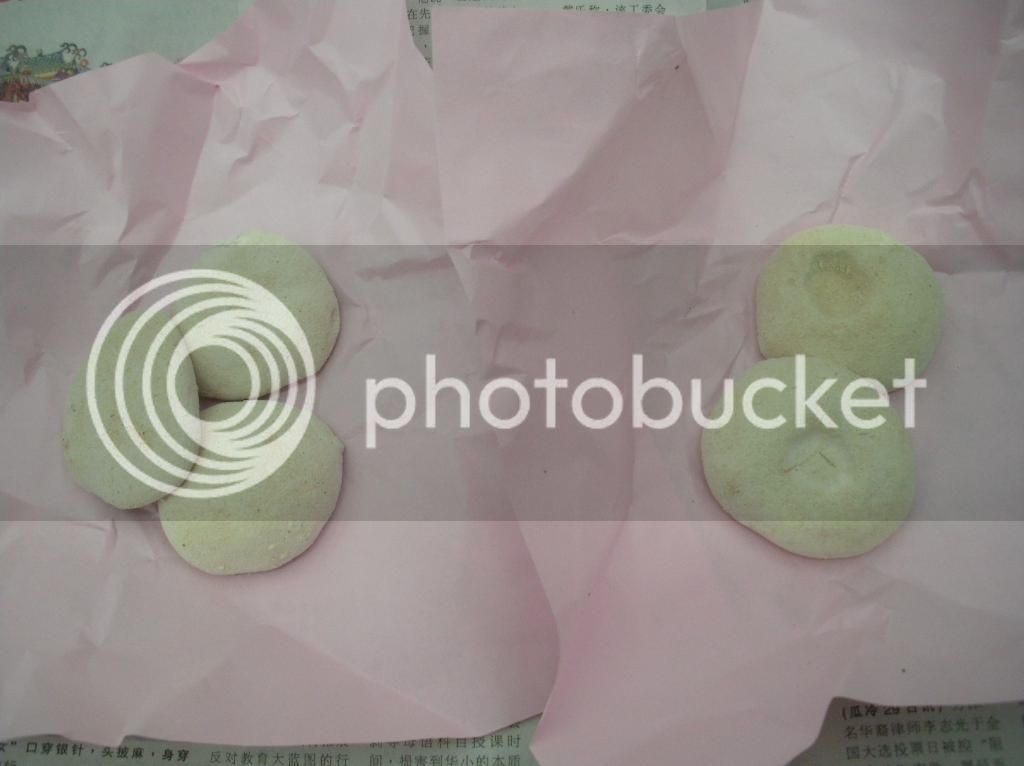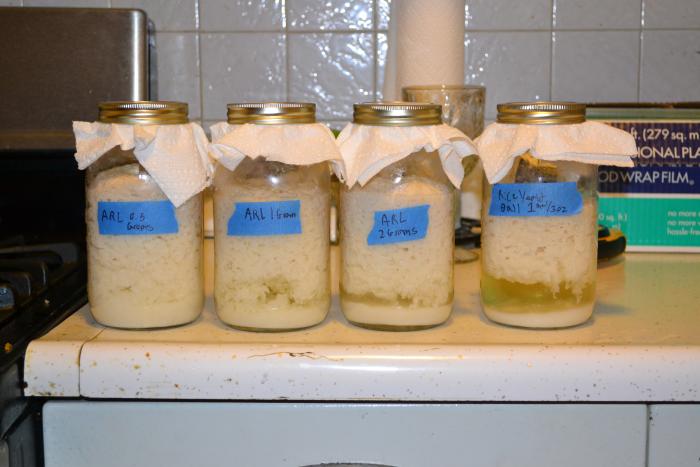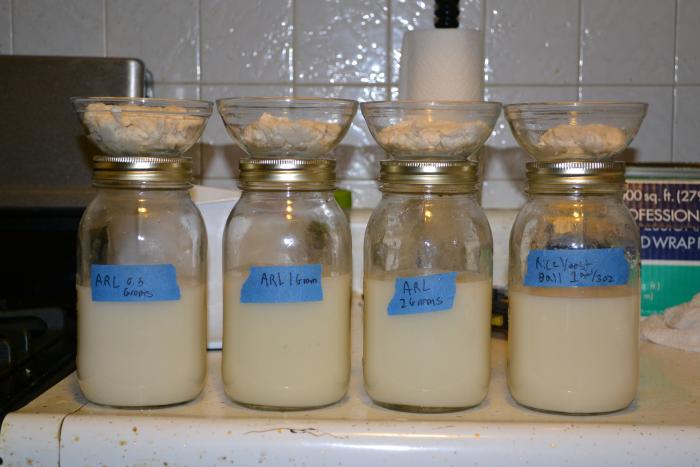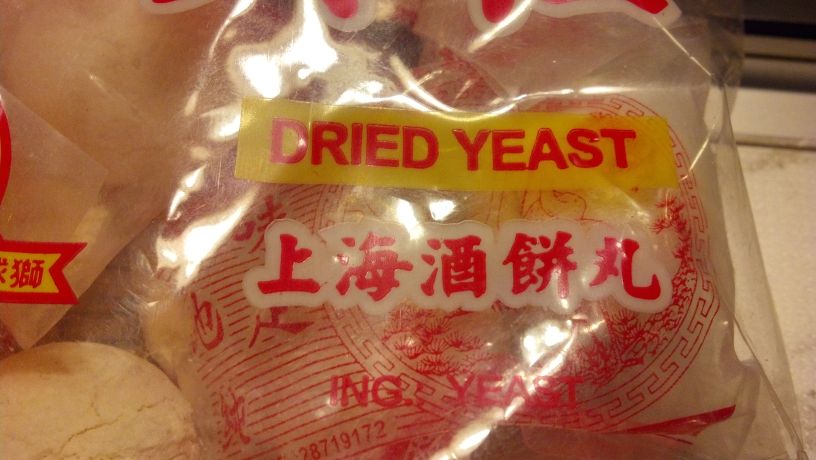I think you just haven't gotten to it yet. This is a very long thread....I am curious why nobody talks about age the wine (I have read up to 90 pages so far, still progressing, sorry if I miss it).
Apart from drinking it fresh, it is also quite common to age the wine in China. That's how we do it. But it is only applicable to glutinous/sticky rice.
After harvesting, let the sentiment settle down and siphoned out the clear wine. The clear wine is bottled 90% full, seal it and let it age in dark. It can be done by wrapping with newspaper. The oxidation will turn the color to golden yellow and brown if longer.
Aging time is at least 1 year, the longer the better. That's how we derive yellow wine or close to Shao Xing family wine. ...
I have 3 bottles of pasteurized rice wine from April first. Not joking, that's the day I pitched the batch. One made with basmati, one with jasmine, and the last with Japanese sweet rice.Thanks.
To get the clear wine and age in dark are very important. The sentiment could be the cause of sour taste. That's maybe why the Chinese use clay pot or anything opaque to age. I missed it in the previous post, after the harvest process, the wine should be heated up a little bit to kill off the remaining yeast...
I was planning on giving one of them a try around October first.
This is an interesting speculation. I've got a couple of quarts of a sweet red rice wine I wouldn't mind trying out the idea with. They've been in the fridge for a couple of months, so I'll be adding some yeast to get them started. Care to speculate on a gravity, ratio, for the dilution?...So, I think if you add (X) amount of water, you're going to get a much higher yield of alcohol, but it will be less sweet the more you add, though at some point you'll dilute it to where you'll begin decreasing the alcohol.
I'm kicking around with the idea of using DADY, but I've got a few other things too. Does anyone care to provide a suggestion for the yeast? Here's what I've got laying around right now:
DADY
Rice Yeast Balls
ARL
RYR
Pasteur Champagne
Premier Cuvee
Montrachet
Pasteur Red
Cote des Blancs
Danstar Munich Wheat Beer yeast, no idea what strain this is.
Safbrew wb-06












![Craft A Brew - Safale S-04 Dry Yeast - Fermentis - English Ale Dry Yeast - For English and American Ales and Hard Apple Ciders - Ingredients for Home Brewing - Beer Making Supplies - [1 Pack]](https://m.media-amazon.com/images/I/41fVGNh6JfL._SL500_.jpg)







































